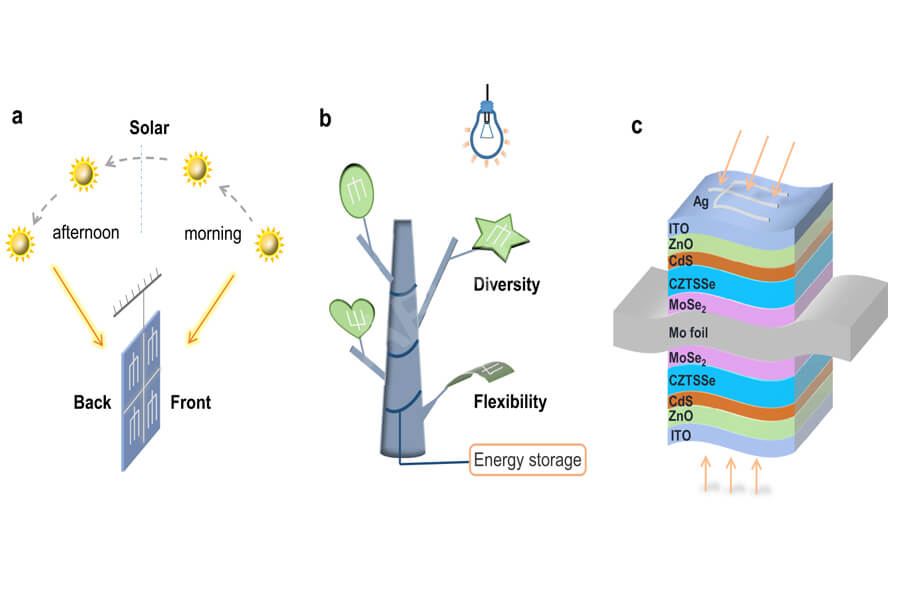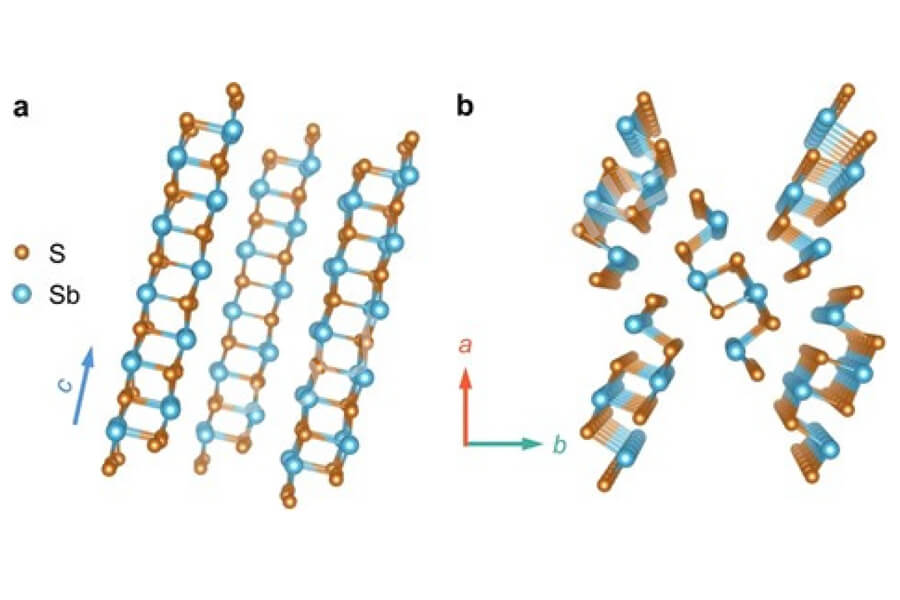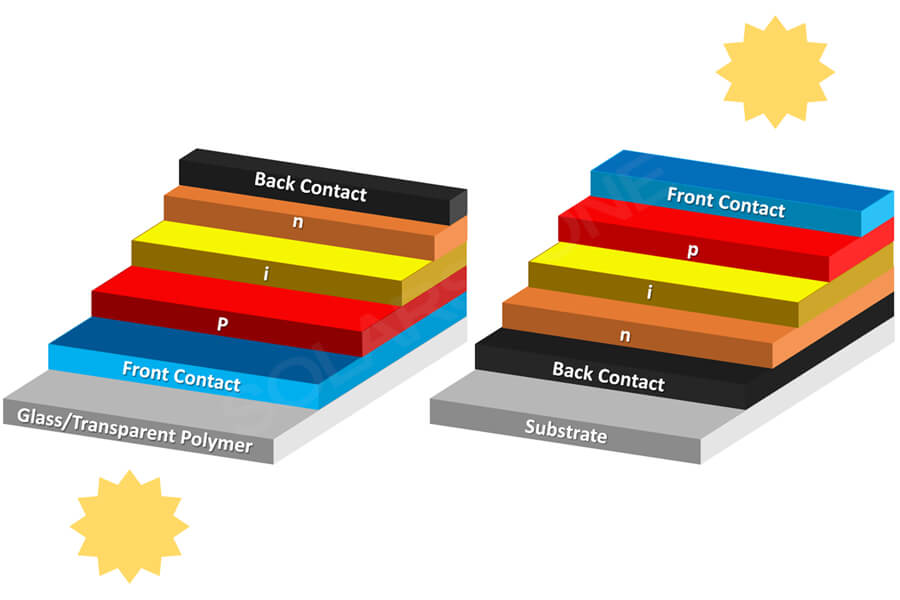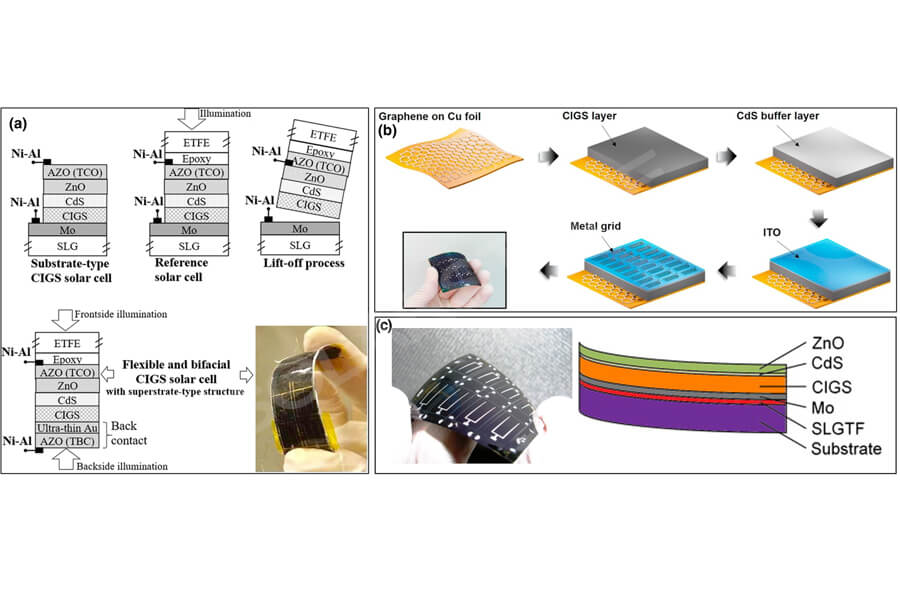Performance advantages of inorganic thin-film solar cells
Inorganic thin film solar cells refer to thin film solar cells composed mainly of inorganic compounds, including cadmium telluride (CdTe), copper indium gallium selenide (CIGS), silicon-based (a-Si, μ c-Si, nc Si, etc.), and other types. And it has numerous performance advantages, making it a very important new type of solar cell.
High conversion efficiency: The conversion efficiency of inorganic thin-film solar cells is currently the highest among thin-film solar cells, approaching or surpassing that of crystalline silicon solar cells. At present, the highest conversion efficiency of CdTe thin film solar cells in the laboratory is 22.1%, and the highest conversion efficiency of mass-produced modules is 19.5%;
The highest laboratory conversion efficiency of CIGS thin-film solar cells is 23.4%, and the highest conversion efficiency of mass-produced modules is 19.2%; The highest conversion efficiency of silicon-based thin-film solar cells in the laboratory is 14.6%, and the highest conversion efficiency of mass-produced modules is 10.2%.
Low cost: The preparation process of inorganic thin-film solar cells is simple and does not require high temperature, high vacuum, or high purity conditions. Thin film materials can be deposited on low-cost substrates such as glass, stainless steel, or plastic, and the thickness of the film is only a few microns, requiring less material consumption. Therefore, the cost of inorganic thin-film solar cells is much lower than that of crystalline silicon solar cells.
Good stability: The materials of inorganic thin-film solar cells have high chemical inertness, corrosion resistance, high temperature resistance, radiation resistance, and other properties. Therefore, the stability and reliability of inorganic thin-film solar cells are better than those of organic thin-film solar cells, and they can generally be used for 10-15 years or longer.
Good low light performance: The photosensitive layer of inorganic thin film solar cells is amorphous or polycrystalline, without a long-range ordered structure. Therefore, inorganic thin film solar cells have a high absorption coefficient for photons and can generate high current density at lower light intensity, while crystalline silicon solar cells require higher light intensity to generate high current density.
Therefore, the low light performance of inorganic thin film solar cells is better than that of crystalline silicon solar cells, and they are more suitable for applications under low light conditions such as cloudy days, morning and evening, and indoors.
Strong applicability: The preparation process of inorganic thin film solar cells is flexible, and thin film materials can be deposited on substrates of various shapes and sizes. Moreover, the optical and electrical properties of the thin film materials can be adjusted by doping or alloying methods. Therefore, inorganic thin film solar cells can be designed with different structures and parameters according to different application requirements, and have strong applicability and flexibility.
The Development Prospects of Inorganic Thin Film Solar Cells
Inorganic thin-film solar cells have great development prospects in future civilian and industrial applications due to their high efficiency, low cost, stability, low light intensity, and applicability. Inorganic thin-film solar cells have unique advantages and potential. However, inorganic thin-film solar cells also face some challenges and problems.
Material supply: Some materials in inorganic thin-film solar cells, such as cadmium, indium, gallium, selenium, etc., are rare metals with limited resources, high prices, and certain toxicity, posing a risk of environmental pollution.
Therefore, the material supply of inorganic thin-film solar cells is an important factor restricting their development, requiring the search for more alternative materials or improving material utilization, reducing material consumption and costs, and minimizing material emissions and pollution.
Technological innovation: Although the conversion efficiency of inorganic thin-film solar cells has reached a high level, there is still room for improvement. Continuous innovation and improvement are needed in the preparation process, structural design, interface optimization, and other aspects of thin-film materials to enhance their light absorption, charge transport, and collection performance. At the same time, the stability and reliability of thin-film materials need to be improved to extend the service life of thin-film solar cells.






